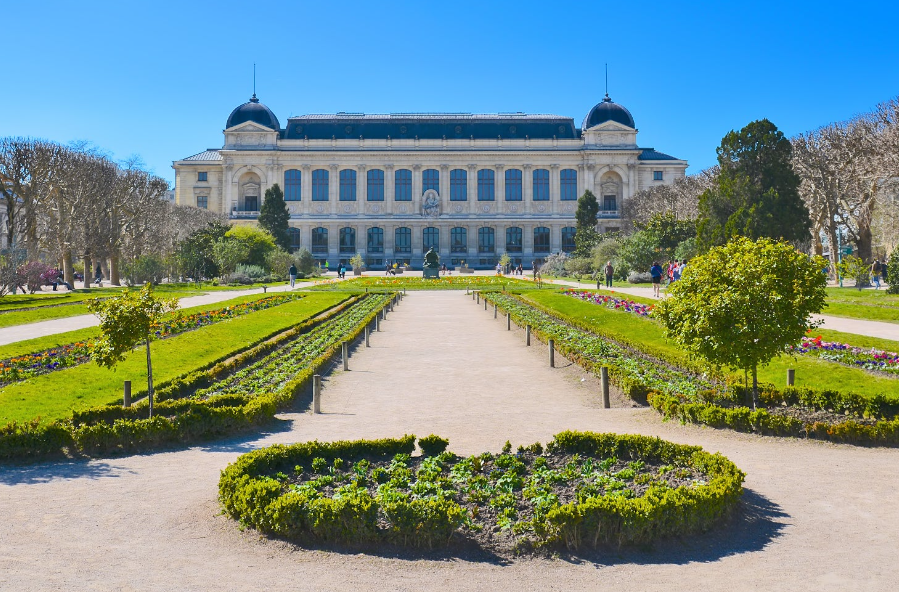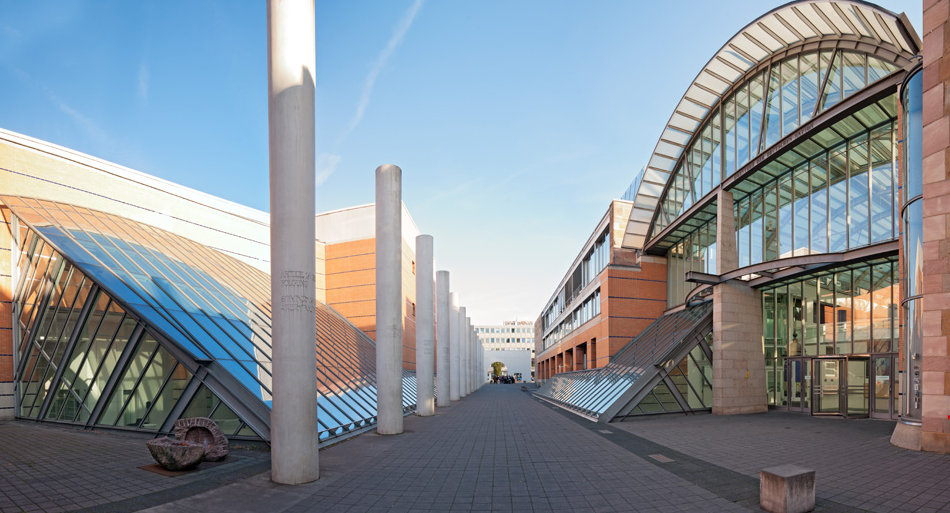In the heart of the enchanting kingdom of Bhutan lies a treasure trove of history and culture – the Bhutan National Museum. This article delves into the captivating world of the museum, exploring its rich heritage, architectural marvels, extensive collections, and the significant role it plays in preserving Bhutan’s cultural legacy.
History of the Bhutan National Museum
The Bhutan National Museum has a fascinating backstory that dates back to its inception in the early 1960s. Established under the guidance of His Majesty King Jigme Dorji Wangchuck, the museum was originally a watchtower strategically located above Paro Rinpung Dzong. Over the years, the watchtower was transformed into a museum to showcase Bhutan’s unique cultural heritage to the world.
Architecture and Design
As visitors approach the Bhutan National Museum, they are greeted by an architectural masterpiece that seamlessly blends traditional Bhutanese design with contemporary influences. The museum’s structure exhibits the distinct characteristics of Bhutanese architecture, featuring intricate woodwork, colorful paintings, and elegant craftsmanship. The design reflects Bhutan’s deep reverence for its cultural roots while embracing modern aesthetics.
Collections and Exhibitions
Inside the museum, a treasure trove of artifacts awaits discovery. The collections span a vast range of historical, artistic, and anthropological treasures, providing insight into Bhutan’s rich past. From exquisite thangka paintings and intricately woven textiles to ancient weaponry and religious relics, the exhibits paint a vivid picture of Bhutanese heritage. Thematic exhibitions transport visitors to different eras, offering a deeper understanding of Bhutan’s diverse cultural tapestry.
Cultural Significance of Bhutan National Museum
The Bhutan National Museum holds immense cultural significance for the people of Bhutan. It serves as a guardian of Bhutan’s unique identity and plays a crucial role in preserving the country’s cultural heritage. Through its exhibits and educational programs, the museum fosters a sense of pride among Bhutanese citizens, strengthens cultural awareness, and promotes the value of preserving Bhutan’s traditions for future generations.
Visitor Information
For those planning a visit to the Bhutan National Museum, it is conveniently located in the picturesque town of Paro. Visitors can find the museum near the iconic Paro Rinpung Dzong, making it easily accessible for tourists exploring the region. The museum provides essential amenities such as parking, restrooms, and a visitor information center to enhance the overall experience.
How to Reach the Bhutan National Museum
Reaching the Bhutan National Museum is a delightful journey through scenic landscapes. Travelers can arrive in Paro by air, as the town hosts the country’s only international airport. From Paro town, it is a short distance to the museum, either by private vehicle or public transportation. The journey offers breathtaking views of the surrounding Himalayan mountains and serene valleys.
Opening Hours and Ticket Prices
The museum warmly welcomes visitors throughout the year, with opening hours typically from 9:00 AM to 5:00 PM. It operates daily, except on national holidays or during special events. As for ticket prices, there is a nominal admission fee for both locals and international visitors, with discounts available for students, senior citizens, and groups.
Highlights of the Bhutan National Museum
Stepping into the Bhutan National Museum is akin to embarking on a captivating voyage through Bhutan’s history. Among the many highlights, one can marvel at the sacred artifacts used by Bhutan’s spiritual leaders, explore the vibrant world of traditional Bhutanese art, and immerse oneself in the realm of Bhutanese folklore and mythology. The museum’s interactive exhibits and immersive displays engage visitors of all ages, making the experience both educational and entertaining.
Conservation and Preservation Efforts
Beyond its collections and exhibitions, the Bhutan National Museum is committed to the conservation and preservation of Bhutan’s cultural heritage. With a team of dedicated experts, the museum employs advanced techniques and best practices to ensure the longevity of its artifacts. Preservation efforts include climate-controlled storage, restoration projects, and the use of modern conservation methods to safeguard delicate artworks and artifacts for future generations.
Education and Outreach Programs
The Bhutan National Museum is not merely a repository of historical treasures but also a center of learning and enlightenment. The museum offers a range of educational programs designed to engage visitors and deepen their understanding of Bhutanese culture. Guided tours, workshops, and lectures provide valuable insights into Bhutan’s art, history, and traditions. The museum actively collaborates with schools and universities, nurturing a love for cultural heritage among the younger generation.
Events and Activities
The museum comes alive with vibrant events and activities that celebrate Bhutanese culture and engage the community. Festivals showcasing traditional music, dance, and crafts bring the museum grounds to life, offering visitors a chance to immerse themselves in the festive spirit of Bhutan. Cultural performances, film screenings, and temporary exhibitions create a dynamic atmosphere, ensuring that every visit to the museum is a unique and memorable experience.
Impact of the Bhutan National Museum
The Bhutan National Museum’s impact extends far beyond its walls. It serves as a cultural ambassador, promoting Bhutan’s rich heritage to the world and attracting tourists who seek an authentic cultural experience. The museum’s presence also contributes to the local economy, as visitors explore the surrounding area, stay in nearby accommodations, and support local businesses. Moreover, the museum’s conservation efforts and educational programs play a vital role in raising awareness about the importance of preserving cultural heritage globally.
Conclusion
The Bhutan National Museum stands as a testament to Bhutan’s rich cultural heritage and serves as a custodian of the nation’s traditions. Through its captivating exhibits, educational programs, and conservation efforts, the museum showcases Bhutan’s unique identity to visitors from all corners of the globe. A visit to the Bhutan National Museum is a journey through time, allowing visitors to immerse themselves in the vibrant tapestry of Bhutanese culture and gain a deeper appreciation for this enchanting kingdom.
FAQs
- What are the Bhutan National Museum’s operating hours?
The museum is open from 9:00 AM to 5:00 PM, excluding national holidays and special events.
- Are there any guided tours available at the museum?
Yes, guided tours are available for visitors to enhance their museum experience and gain deeper insights into Bhutanese culture.
- Can I take photographs inside the museum?
Yes, photography is generally allowed inside the museum, but it is advisable to check with the museum staff for any specific restrictions.
- Is the Bhutan National Museum suitable for children?
Absolutely! The museum offers engaging exhibits and activities suitable for visitors of all ages, including children.
- Are there any nearby attractions or landmarks to visit after the museum tour?
Yes, the Bhutan National Museum is located near the iconic Paro Rinpung Dzong, which is a must-visit attraction known for its stunning architecture and historical significance. Additionally, the town of Paro offers picturesque landscapes, monasteries, and hiking trails for nature enthusiasts.
References
- “Bhutan National Museum.” Royal Government of Bhutan.
- “National Museum of Bhutan.” Tourism Council of Bhutan.
- “Bhutan National Museum.” Lonely Planet.
- “Bhutan National Museum: A Journey Through Time.” Druk Asia.

